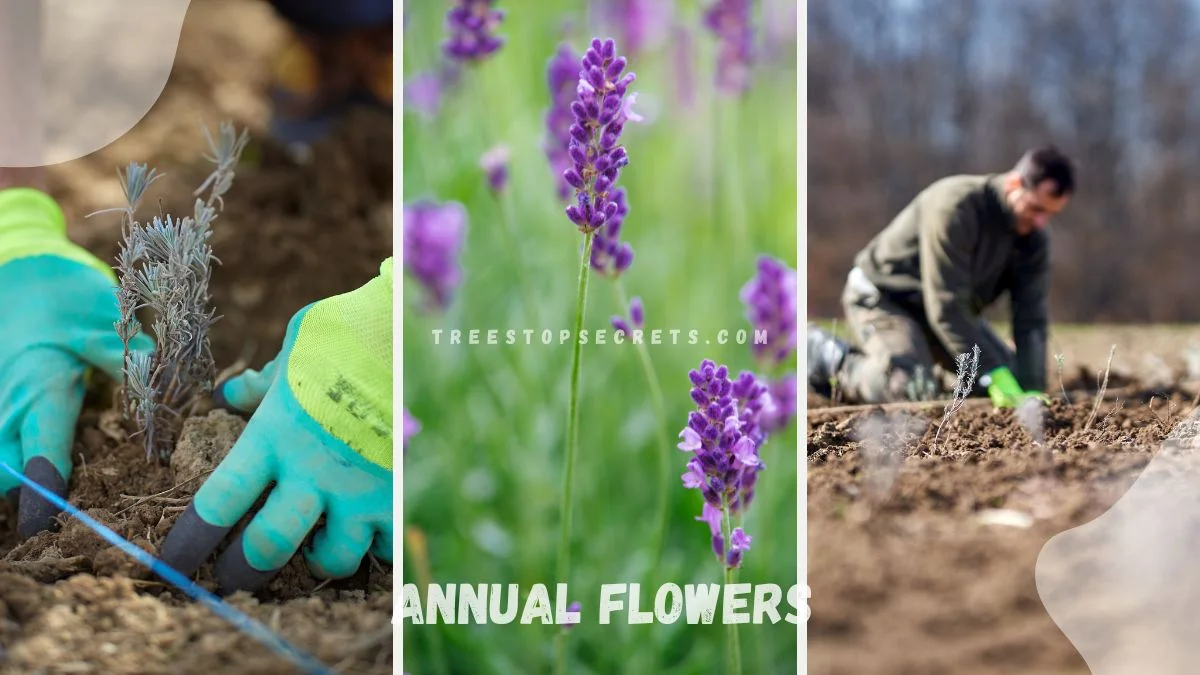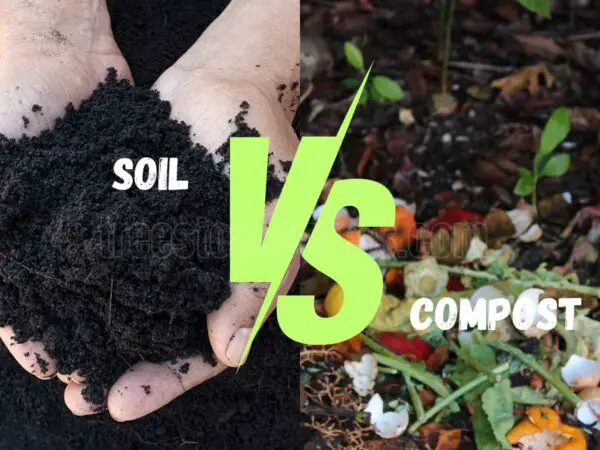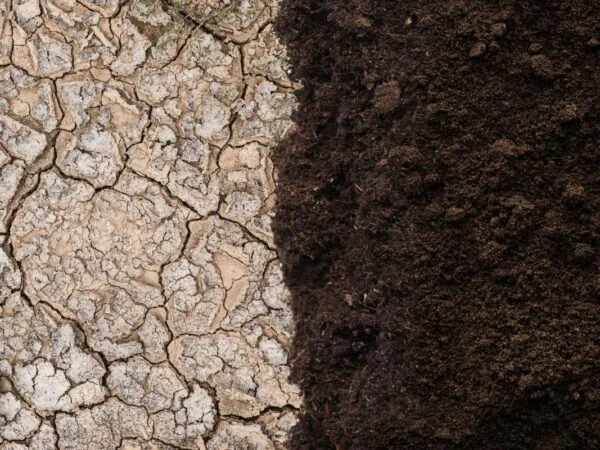Lavender, a beloved herb with a rich history dating back over 2,500 years, is cherished for its fragrant blooms and versatile uses. If you're wondering where to grow lavender plants, you've come to the right place. This guide will provide you with essential tips and insights to cultivate thriving lavender in your garden or indoor space.
Whether you're a seasoned gardener or a beginner looking to add a touch of beauty and tranquility to your surroundings, growing lavender can be a rewarding experience. From selecting the ideal location to nurturing your plants for optimal growth, this post will equip you with the knowledge needed to successfully cultivate these aromatic wonders.
Key Takeaways
- Create an optimal environment for lavender by providing well-drained soil, ample sunlight, and good air circulation.
- Select a suitable location for your lavender plants that receives at least 6 to 8 hours of sunlight daily.
- Prior to planting, ensure the soil is well-drained and amend it with sand or gravel if needed to prevent waterlogging.
- When planting lavender, space the plants adequately to promote airflow and avoid overcrowding.
- Maintain your lavender plants by watering them infrequently but deeply, avoiding overhead watering, and pruning after flowering.
- Address common issues like root rot by ensuring proper drainage and avoiding excessive moisture around the roots.
Ideal Conditions for Lavender
Light Needs
Lavender, a plant that flowers, requires at least 8 hours of sunlight daily to thrive and grow healthily. Direct sunlight is essential for optimal growth, so ensure your lavender plants receive adequate sunlight. Avoid shaded areas as they can hinder the plant's development.
Soil Type
For successful growth, choose soil that drains well and has low moisture levels to prevent waterlogging. Opt for sandy or gravelly soil types that promote proper drainage, crucial for lavender's health. Lavender plants prefer slightly alkaline soil conditions.
Watering Practices
Water lavender sparingly to prevent root rot, as these plants are susceptible to overwatering. It's important to allow the soil to dry out between watering sessions to maintain the ideal moisture levels for lavender. Avoid overwatering, as lavender thrives in drier conditions.
Choosing the Right Location
Outdoor Spots
Planting lavender in garden borders adds a touch of beauty to your outdoor space. Create a dedicated lavender bed for a visually striking garden feature. In rock gardens, lavender not only enhances aesthetics but also provides a pleasant aroma by being a plant.
- Planting in garden borders
- Creating a dedicated lavender bed
- Utilizing lavender in rock gardens
Indoor Options
Growing lavender in containers indoors offers versatility and convenience. Placing potted lavender near windows ensures they receive adequate sunlight for healthy growth. When natural light is insufficient, consider using grow lights to supplement indoor plant growth.
- Growing in containers indoors
- Placing near windows for sunlight
- Using grow lights for limited light conditions
Climate Considerations
Choosing lavender varieties suited to your USDA zone is crucial for successful growth. During cold spells, protect lavender from frost damage by covering plants. Optimize lavender growth by considering microclimates within your garden.
- Selecting suitable lavender varieties
- Protecting from frost with covers
- Considering microclimates for optimal growth
Preparing the Site
Soil Preparation
To ensure optimal growth, amend the soil by adding sand or gravel for better drainage. Incorporate organic matter like compost to boost soil quality. Test the soil pH to confirm it aligns with lavender's preferred range.
Sunlight Access
For healthy development, position lavender plants where they receive ample sunlight without obstruction. Rotate pots regularly to promote even sunlight exposure on all sides. Avoid shaded areas to prevent leggy growth.
Drainage Solutions
Enhance drainage by elevating lavender beds to prevent waterlogging issues. Utilize raised beds to further improve water drainage. Consider installing a drip irrigation system for efficient watering and drainage control.
Planting Lavender
Best Time to Plant
Plant lavender in the spring after the last frost. Aim for April or May for optimal planting conditions. Avoid planting lavender in winter or fall to prevent cold damage.
Planting Techniques
Dig holes twice the size of the root ball for proper planting depth. Space lavender plants 12 to 18 inches apart to allow for growth. Gently firm soil around roots after planting to secure the plant.
Initial Care
Water newly planted lavender thoroughly to establish roots. Mulch around lavender plants to retain moisture and suppress weeds. Monitor plants for signs of stress or wilting after planting.
Lavender Care Tips
Regular Watering
Water lavender deeply but infrequently to promote strong root growth. Adjust watering based on weather conditions to prevent overwatering. Utilize a soaker hose for precise and efficient watering.
Fertilizing Needs
Apply a balanced fertilizer sparingly in early spring to support healthy lavender growth. Avoid excessive fertilization as lavender thrives in nutrient-poor soil. Opt for organic fertilizers to avoid chemical buildup and promote natural growth.
Pruning Practices
Prune lavender post-flowering to maintain its shape and stimulate new growth. Remove faded blooms regularly to extend flowering periods and prevent seed formation. Trim back woody stems to encourage denser foliage and bushier growth.
Troubleshooting Common Issues
Pest Problems
Aphids, spider mites, and whiteflies are common pests that can harm lavender plants. Regularly check for signs of infestation. Utilize natural predators like ladybugs to keep pest populations in check.
Disease Prevention
To prevent root rot, ensure proper drainage for your lavender plants. Avoid overhead watering to reduce the risk of fungal diseases. Provide adequate spacing between plants to enhance air circulation and prevent mold growth.
Over or Under Watering
Check for wilting or yellowing leaves as indicators of watering issues. Adjust watering frequency based on plant requirements and weather conditions. Utilize a moisture meter for accurate assessment of soil moisture levels.
Enhancing Lavender Growth
Companion Plants
Pairing lavender with roses creates a fragrant and visually appealing garden. Plant lavender near tomatoes to deter pests naturally. Interplanting lavender with sage or thyme benefits an herb garden.
- Lavender with roses
- Lavender near tomatoes
- Interplanting with sage or thyme
Mulching Benefits
Mulch around lavender conserves moisture and suppresses weeds effectively. Use organic mulches like straw or wood chips for added benefits. Refresh mulch annually to maintain its effectiveness.
- Mulch conserves moisture
- Organic mulches like straw
- Refresh mulch yearly
Seasonal Care
Prune lavender in early spring to remove dead growth and shape plants for optimal growth. Provide winter protection in colder climates to ensure plant survival. Adjust watering and fertilizing practices based on seasonal changes.
- Pruning in early spring
- Winter protection in colder climates
- Adjust watering and fertilizing
Harvesting and Using Lavender
Harvest Time
Harvest lavender flowers when they are in full bloom to enjoy the strongest fragrance. Cutting flower stems early in the morning helps retain the highest oil content. Drying harvested lavender in a cool, dark spot maintains its color and scent for longer.
Drying Techniques
- Hang lavender bundles upside down in a dry, airy place to naturally dry them.
- Utilize a dehydrator to quicken the drying process, especially for culinary lavender.
- Preserve dried lavender by storing it in airtight containers away from sunlight and moisture.
Usage Ideas
- Dried lavender works well in sachets as a natural air freshener around your home.
- Infuse lavender into oils, vinegars, or honey to add a delightful flavor to your dishes.
- Pamper yourself by creating lavender bath salts or body scrubs for a luxurious spa-like experience.
Expanding Your Lavender Garden
Propagation Methods
Propagate lavender by softwood or hardwood cuttings for successful growth. Dividing established plants in spring helps create new lavender specimens. Root lavender cuttings in a well-draining medium to stimulate fresh growth.
Varieties to Consider
- Explore English lavender types like 'Munstead' or 'Hidcote' for their classic fragrance.
- Consider French lavender varieties such as 'Provence' known for their long flower spikes.
- Try Spanish lavender varieties like 'Anouk' appreciated for their unique butterfly-shaped blooms.
Closing Thoughts
Incorporating lavender into your garden can bring beauty and functionality to your outdoor space. By understanding the ideal conditions, choosing the right location, and following proper care techniques, you can cultivate a thriving lavender garden that not only enhances the aesthetic appeal but also provides you with a versatile herb for various uses. Remember to stay vigilant for any common issues that may arise and take proactive steps to address them promptly. As you expand your lavender garden, explore different varieties to create a diverse and visually stunning landscape that will delight your senses.
Now that you have the knowledge to grow lavender successfully, it's time to roll up your sleeves and start planting. Share your newfound expertise with fellow gardening enthusiasts and continue to nurture your lavender garden for years to come. Your efforts will be rewarded with a fragrant and flourishing oasis right in your backyard.
Frequently Asked Questions
Where is the best location to grow lavender plants?
Lavender thrives in full sun, so choose a spot that receives at least 6-8 hours of sunlight daily. Ensure the soil is well-draining and avoid areas prone to waterlogging to prevent root rot.
What are the ideal conditions for growing healthy lavender plants?
For optimal growth, lavender plants require well-drained soil with a pH between 6.4-8.2. They prefer sandy or loamy soil and benefit from good air circulation to prevent diseases.
How should I prepare the site before planting lavender?
Prepare the planting site by removing weeds, rocks, and debris. Amend the soil with sand or gravel to improve drainage. Avoid fertilizing the soil excessively, as lavender prefers lean conditions.
When is the best time to harvest lavender, and how can it be used?
Harvest lavender when the flowers are in full bloom but before they start to wilt. Cut the stems just above the leaves and dry them in a dark, well-ventilated area. Use dried lavender for sachets, potpourri, cooking, or crafting.
How can I troubleshoot common issues when growing lavender plants?
Common issues like root rot, powdery mildew, or pests can be addressed by ensuring proper drainage, good air circulation, and avoiding overwatering. Prune dead branches, apply organic fungicides if needed, and inspect plants regularly for signs of pests.
Image Source: Paid image from CANVA





